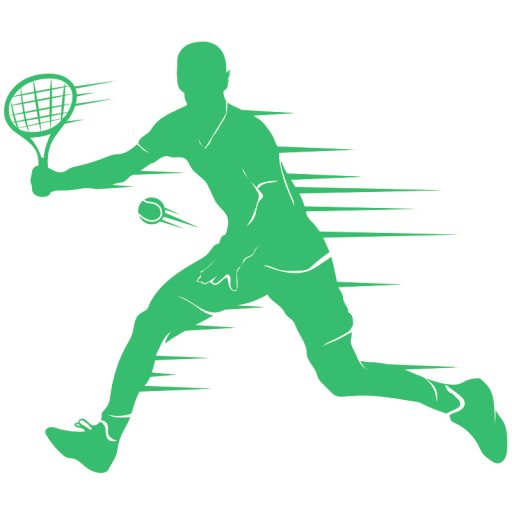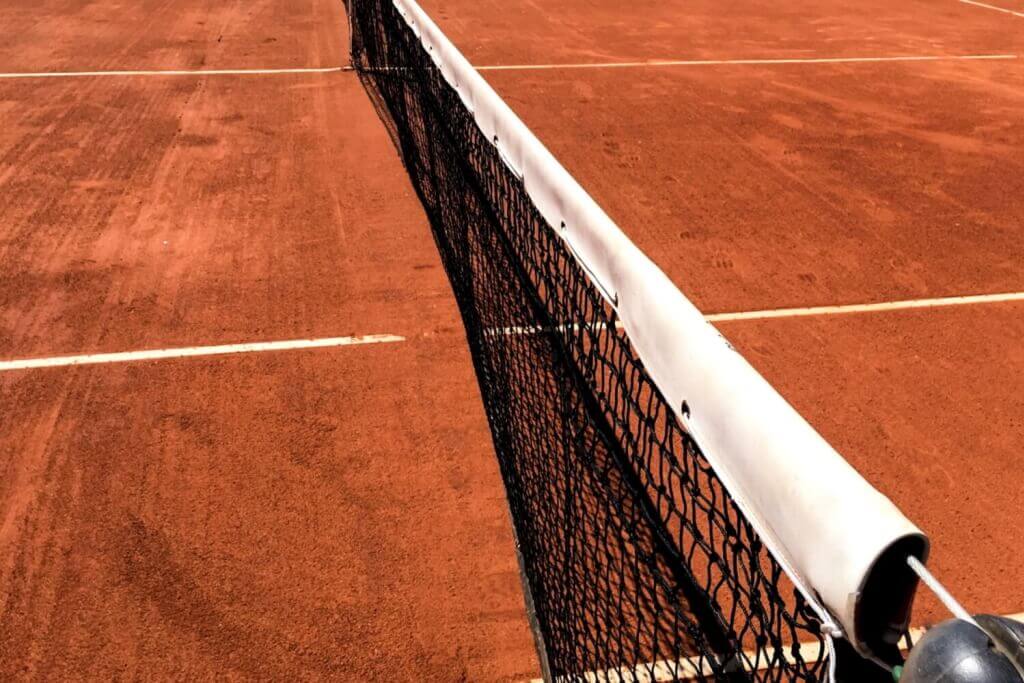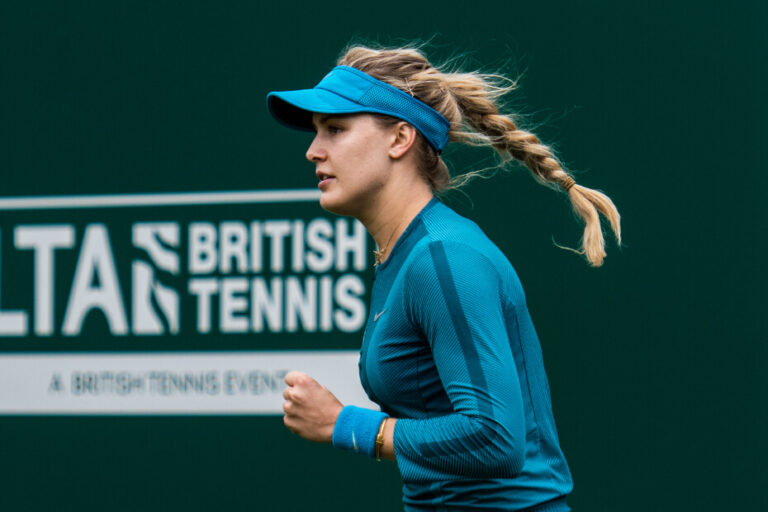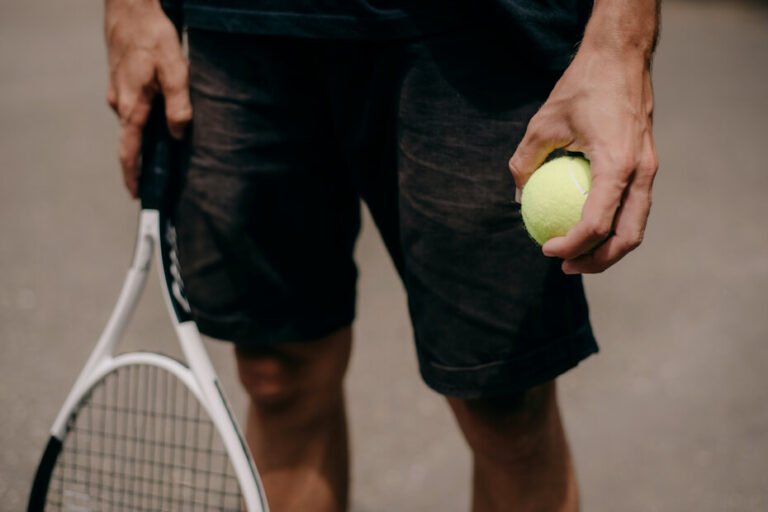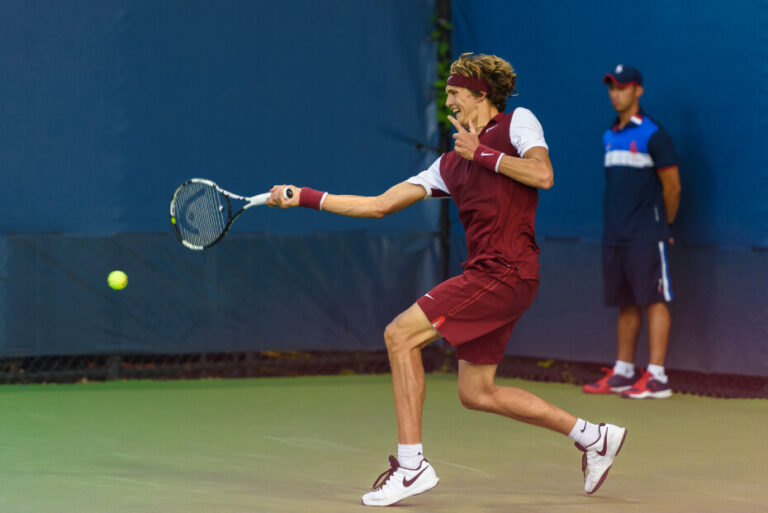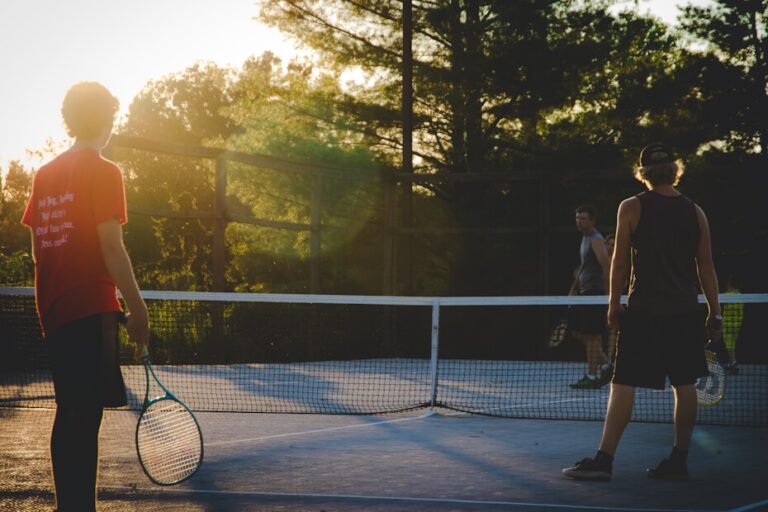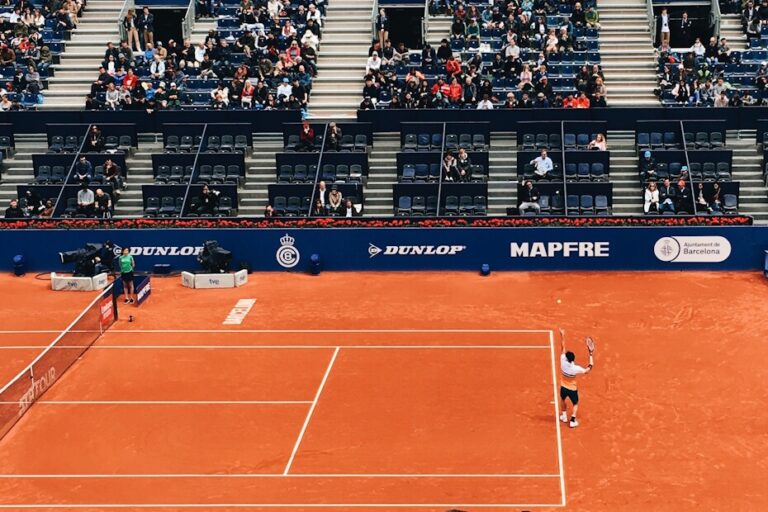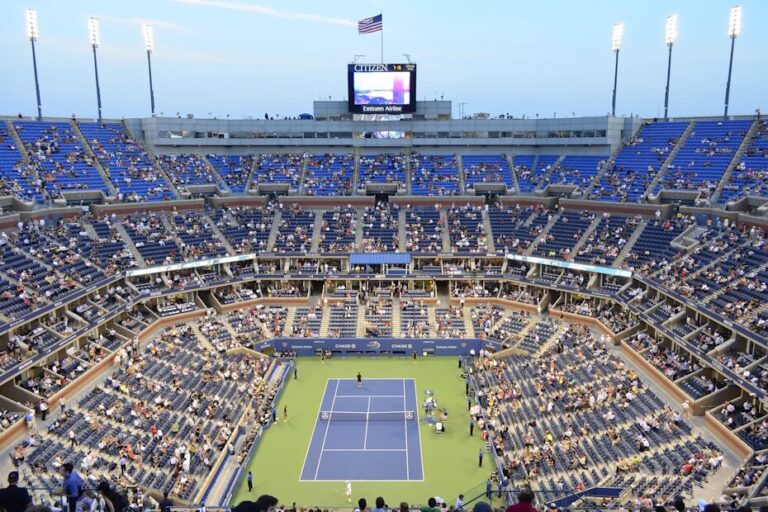Tennis is now one of the most popular sports in the world, and with prestigious tournaments such as Wimbledon, the US Open, The French Open, the Australian Open, and many more besides, it’s easy to see why the sport is such a smash hit.
Tennis is a sport that is believed to have originated way back in the 12th century, where Christian monks would play a game similar to Handball around the grounds (cloisters) of their monasteries in their free time.
The game proved to be infectiously popular, and it began spreading around Europe, proving especially popular in France. Here, players would allegedly yell enthusiastic cries of ‘Tenez’ to signify the start of the game. This roughly translated to ‘take this’ or possibly ‘fair play’ or simply ‘hold’, to signify to their opponents that it was their turn to serve.
The sport really shot to fame when French and British noblemen began showing interest. When he wasn’t busy enforcing the dissolution of the monasteries or chopping off the heads of his wives, King Henry VIII was a huge fan of the sport, which is ironic, considering the game is believed to have begun in monasteries. Such a fan was he, that he had a very primitive tennis court constructed at Hampton Court.
It’s all well and good learning about the history of this amazing sport, but what are some of the different types of tennis court surfaces currently available, and what’s the history behind them?
Grass Courts
Contrary to popular belief, the grass wasn’t the first surface that tennis was played on. Tennis was initially, and still is in fact, played on hard surfaces such as stone, or wood.
Around the late 18th century, however, ‘lawn tennis’ or ‘field tennis’ became a thing, and this was thanks, in part at least, to the invention of vulcanized rubber.
To begin with, the balls used for the very earliest incantations of tennis were hollow and were made of either wood or leather. They were quite similar to what we now know as cricket balls. Needless to say, back then, a hollow wood/leather ball didn’t bounce very much, which is why flat, hard surfaces were needed.
With the invention of vulcanized rubber, however, the world’s first tennis ball was made by Charles Goodyear. It started off as a simple rubber ball but was made more aerodynamic and reliable by coating it in flannel. With these new balls, tennis could be played outdoors on grassy, slightly more uneven surfaces.
In 1874, Major Walter Clopton Wingfield patented his variation of tennis, the rules, and the equipment to go with it, in jolly old London. In 1875, the court shape was modified slightly to resemble what we know today.
Lawn tennis proved a huge hit, especially during the warmer summer months, and outdoor grass tennis courts began appearing across Europe, and then further afield.
Up until the early 1970s, virtually all major tennis tournaments, including three out of four Grand Slams (the exception being the French Open) were played exclusively on grass. Now, Wimbledon is the only major tournament to be played solely on grass courts.
Clay Courts
Up next we have clay-surfaced tennis courts.
Clay courts are one of the newer tennis court surfaces we’ll be covering today, as they came to fruition towards the end of the 19th century.
A professional tennis player and former 7x Wimbledon champion by the name of William Renshaw found himself growing sick and tired of constantly having to water and care for his grass tennis court during the summer months in the South of France.
In the summer, the grass would become scorched and would turn yellow, dry up, and die off. Remember, back then there weren’t groundskeepers, fertilizers, sprinkler systems, and so on. Often, if it didn’t rain, the grass wouldn’t get any water and would die. As a pro tennis player, having your training surface become scorched and dead was a real problem, which is why Renshaw came up with a plan.
Renshaw took discarded clay pots in the town of Vallauris which had not passed inspection, and rather than letting them go to waste, he instead ground down these rejected clay pots until they turned into a fine red powder. He then proceeded to sprinkle this red dust all over his grass tennis court to protect and preserve the grass in the summer from the harsh rays of the sun.
The clay courts we have nowadays are more advanced, as they’re made from ground white limestone, red brick dust, ground gravel, and residue from coal which is known as clonker. They also require a lot more maintenance.
Green Clay Courts
In the US, clay courts are also very common, and while they may look identical to red clay courts, other than the fact that they’re green, there are some differences.
Green clay courts are primarily made from crushed and ground volcanic rock, also known as basalt. The surface plays differently to European red clay tennis court surfaces, in that play is much quicker because the ball doesn’t grip the surface as much as it does with red clay, so it bounces faster and higher.
Green clay courts also feel much harder underfoot.
Hard Courts
Hard tennis court surfaces are the most common tennis surfaces in the world and are commonly found in tennis clubs and public tennis courts.
Most of tennis’ most popular Grand Slam tournaments, including the US Open, are played on hard court surfaces.
Hard tennis court surfaces can be traced back to the very origins of the game we all adore to this day, though the hard surfaces are commonly seen in tennis nowadays are not made from the same materials as they were all those centuries ago.
Typically, these harder surfaces are made from four inches of concrete or asphalt which is poured and is then left to completely harden and set for several days.
After the material has fully set (cured) a generous layer of surface primer is then applied to make doubly sure that the final layer of acrylic fully adheres to the surface of the concrete or asphalt.
The top acrylic layer of the court, which is obviously what you see on TV or in person if you’re lucky enough, is the most customizable tennis court surface layer. It can be painted which is why hard surfaces are typically blue or green, and it requires very little maintenance, unlike grass and clay. This is part of the reason why hard surfaces are so popular – because they’re cost and time-efficient.
As far as how hard-surfaced tennis courts play, you’ll often find that the ball is very pacey, though it bounces higher than it would on grass, and there isn’t as much backspin as you would find on a grass court.
Hard surfaces can be much less forgiving on your joints than grass or clay, which is why it’s vital to wear the correct footwear and to always stretch and warm-up before playing. If you slip over on a hard surface tennis court, you’ll definitely know about it, which is why appropriate clothing should also be worn.
Carpet Courts
And finally, last, but by no means least, we have carpet tennis court surfaces.
One of the best things about tennis is the fact that it can be played on a variety of surfaces in a variety of settings.
Carpet surfaces may not be as common or as popular as the other tennis surfaces we’ve looked at today, but don’t let that fool you, because there is still a place for carpet tennis surfaces, especially in parts of Europe with cooler climates and much colder weather.
Despite being moderately common playing surfaces for much of the 20th century, by the 1990s, carpet tennis surfaces were phased out of major tournaments because they were inconsistent and you never knew which way the ball was going to bounce.
When you think of the word ‘carpet’ you think of what you likely have on the floor in your home, though in reality, this became a term used to describe any synthetic indoor playing surface. The very first carpet tennis court surface was known as ‘Sportsface’, though soon rubber mat surfaces were used, along with artificial turf.
Generally, the ‘carpet’ was made from artificial grass and sand or tiny granular pieces of rubber to help dictate the pace of the court.
Because of the fact that carpet courts can leave a lot of debris, plus the ball bounces so inconsistently, carpet courts are much less popular than the other surfaces listed above, though there is still a place for them in the sporting world, especially in colder European countries which is largely down to low maintenance costs and ease of maintenance.
